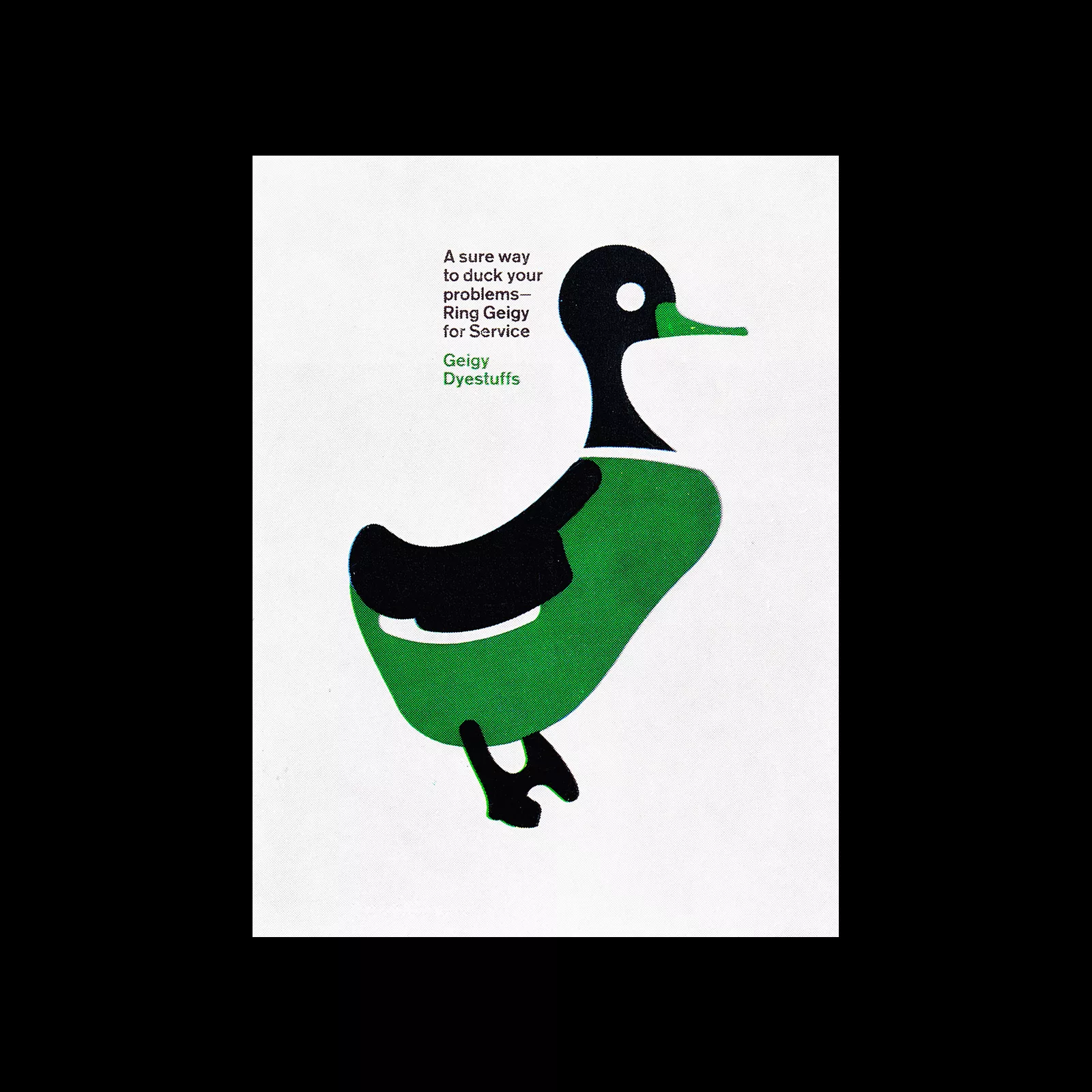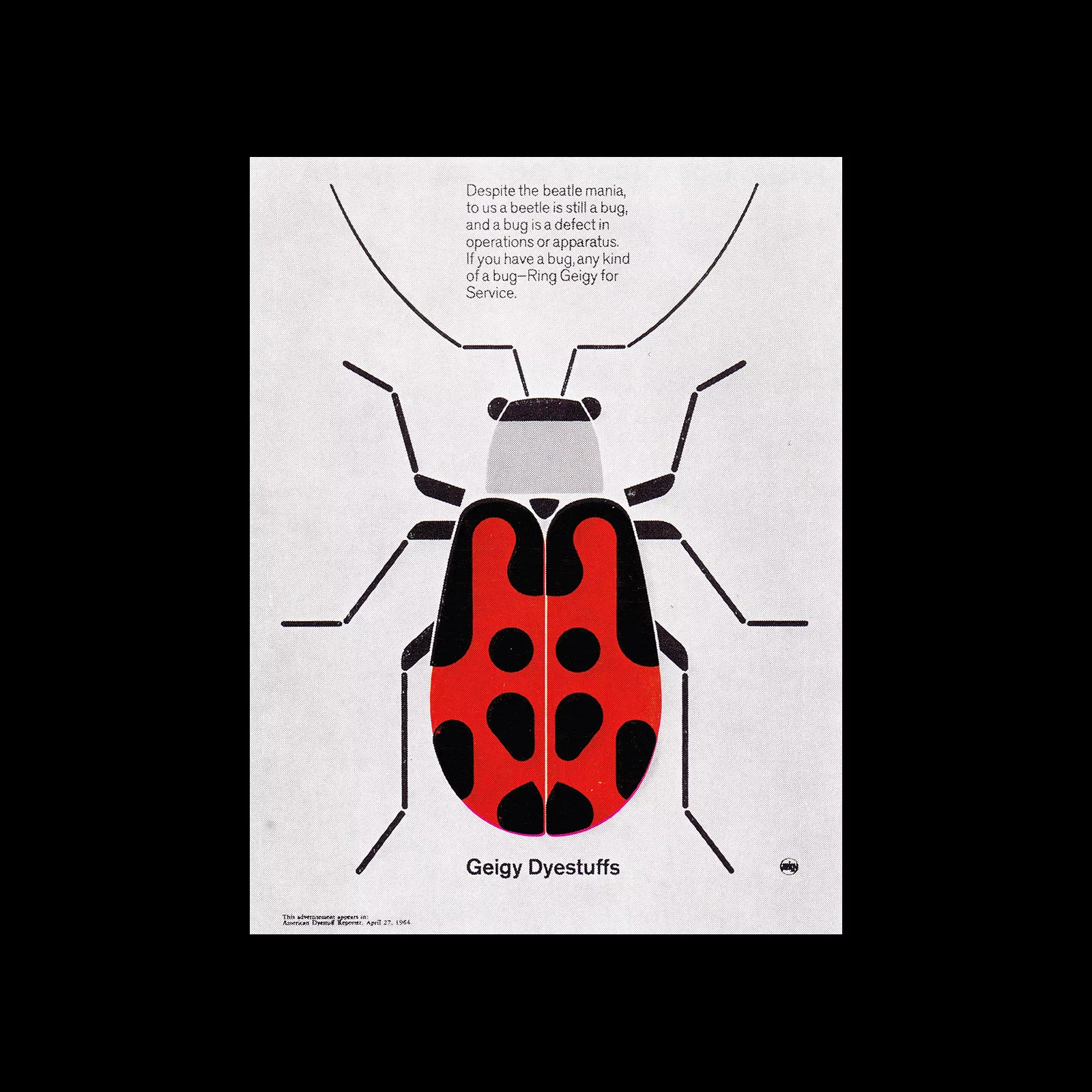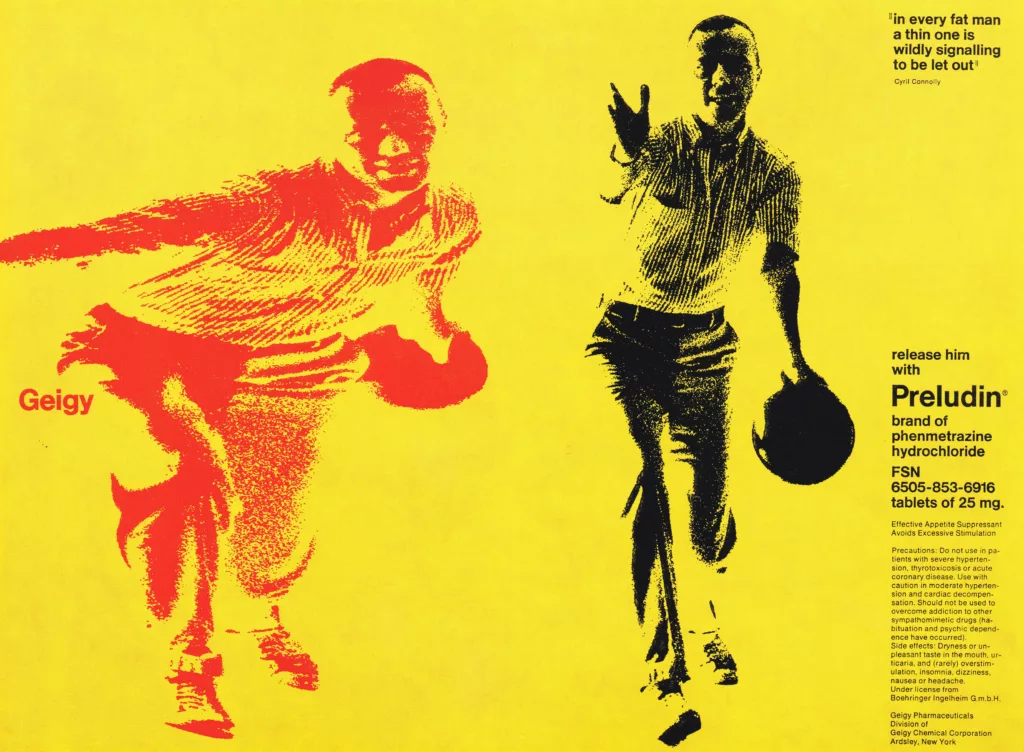
Share:
Original article from Graphis 121, 1965
Progressive companies can no longer afford to allow their advertising to go its own way. Instead, it must be made into a constituent part of the various selling activities that are today grouped under the heading of ‘marketing’. Every leaflet or ad then serves a double purpose: in addition to furnishing information and advertising an individual product, it also falls into place as a tessera in the ever-growing mosaic of the firm’s corporate image. If only because of the keenness of present-day competition, the conception and graphic execution of any piece of advertising must be carefully adapted to a market situation that has been
explored in all its ramifications. The times are past when a commercial artist, working on his own, could have a bright idea that would send sales figures rocketing dramatically. This does not mean that there is no
room left for intuitive creative achievements; on the contrary, the more talented an artist is in this field, the more enthusiastically will he face the challenge of putting over his message effectively within the limits imposed by the overall situation.

An advertising programme is fully integrated only when its effect is powerful enough to play a major part in determining a corporate image. Geigy advertising is an example of this successful integration. The successful deployment of vital creative potentialities is often prevented by the habit of thinking in categories. This frequently leads to product and company advertising being divided both in concept and in
application because they are regarded as two essentially different things.
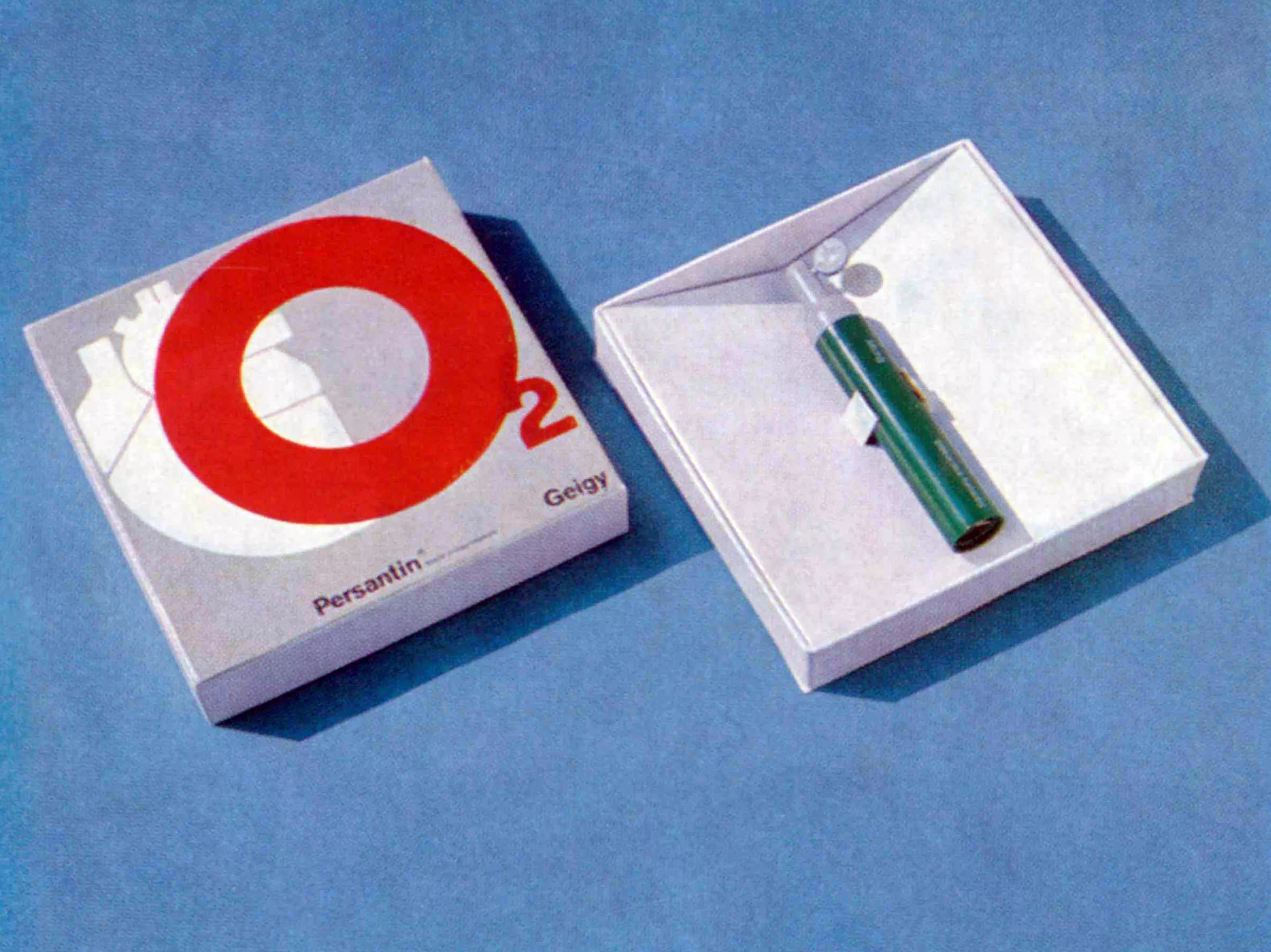
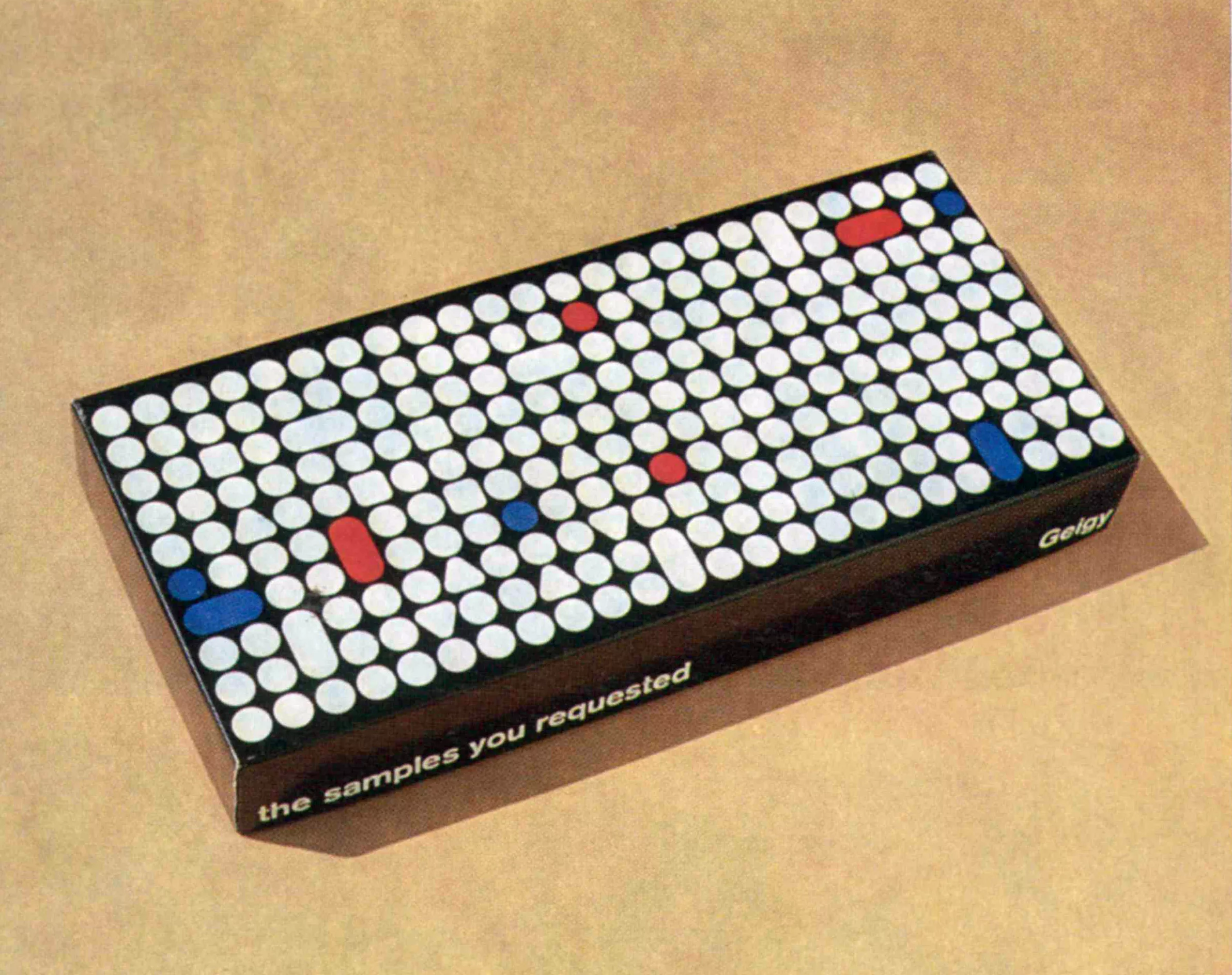
Geigy is aware that every advertisement is to some extent a key to the attitude of the company in general. Every printed communication is therefore planned to strengthen the impression of an achievement based
on scientific knowledge, of a belief in the power of the pictorial statement and of confidence in modern media of expression. The designer must identify himself with this approach if he is to succeed in implanting his message. The immediate object of an advertisement is thereby brought into relation with the character of the enterprise as a whole and is enriched by the overtones thus imparted to it.

